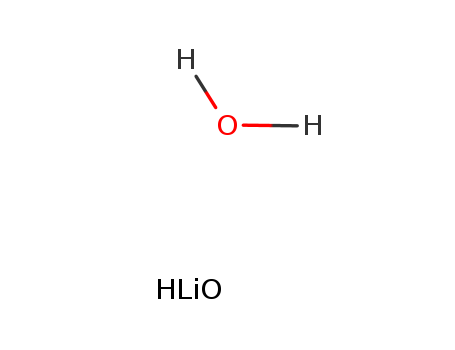10.1016/j.poly.2005.03.093
The research investigates the synthesis and characterization of metal complexes formed with the ligand 5-methoxy-5,6-diphenyl-4,5-dihydro-2H-[1,2,4]triazine-3-thione (LH2OCH3) and various divalent metals including Cd(II), Zn(II), Pb(II), Co(III), and Ni(II). Lithium Hydroxide Monohydrate (LiOH·H2O) is used as a base to facilitate the deprotonation of the ligand LH2OCH3, enabling it to act as a monoanion and coordinate with metal ions. The purpose of the study is to explore the coordination chemistry of this ligand with different metals, understand its structural preferences, and assess its potential applications, particularly as a sensor for toxic Cd(II) ions. The ligand acts as a monoanion (L) in all complexes, losing its methoxy group in a basic medium and coordinating to metal ions through its sulfur atom and deprotonated amine nitrogen. The study concludes that the ligand forms dinuclear structures with Cd(II), Zn(II), and Pb(II), where sulfur atoms of two ligands bridge the metal ions, while Co(III) and Ni(II) form monomeric compounds. The electrochemical behavior of the cadmium complex shows promise for developing new sensors for Cd(II) ions.



 C
C
 C:Corrosive;
C:Corrosive;

